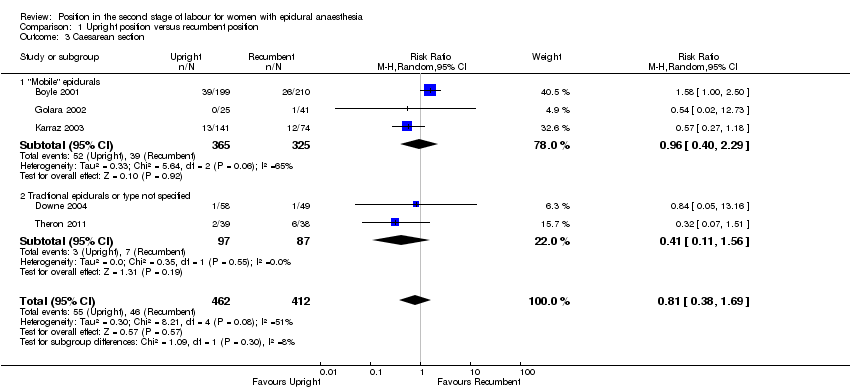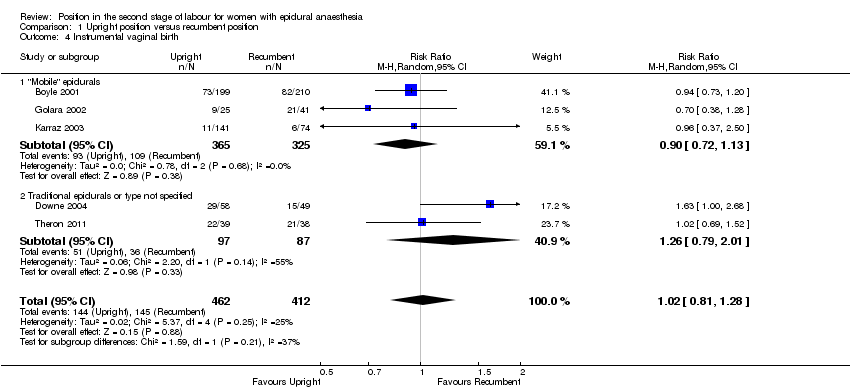Related content
Related reviews and protocols
Kate F Walker, Marion Kibuka, Jim G Thornton, Nia W Jones | 9 November 2018
Philippa L Costley, Christine E East | 11 July 2013
Janesh K Gupta, Akanksha Sood, G Justus Hofmeyr, Joshua P Vogel | 25 May 2017
Andrea Lemos, Melania MR Amorim, Armele Dornelas de Andrade, Ariani I de Souza, José Eulálio Cabral Filho, Jailson B Correia | 26 March 2017
Millicent Anim‐Somuah, Rebecca MD Smyth, Allan M Cyna, Anna Cuthbert | 21 May 2018
Siranda Torvaldsen, Christine L Roberts, Jane C Bell, Camille H Raynes‐Greenow | 18 October 2004
Annemarie Lawrence, Lucy Lewis, G Justus Hofmeyr, Cathy Styles | 9 October 2013
Ban Leong Sng, Wan Ling Leong, Yanzhi Zeng, Fahad Javaid Siddiqui, Pryseley N Assam, Yvonne Lim, Edwin SY Chan, Alex T Sia | 9 October 2014
G Justus Hofmeyr, Nolundi T Mshweshwe, Ahmet Metin Gülmezoglu | 29 January 2015
Stephanie Weibel, Yvonne Jelting, Arash Afshari, Nathan Leon Pace, Leopold HJ Eberhart, Johanna Jokinen, Thorsten Artmann, Peter Kranke | 13 April 2017











